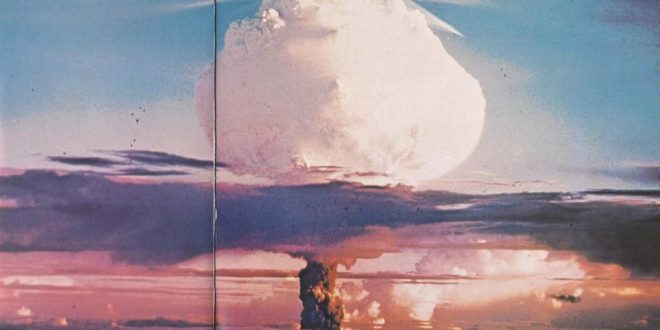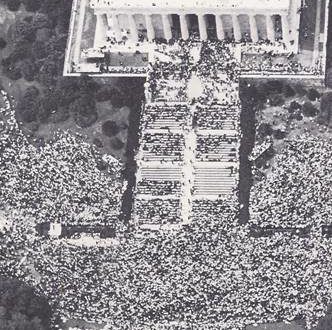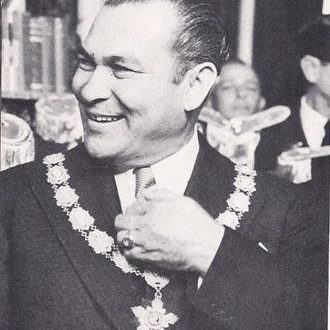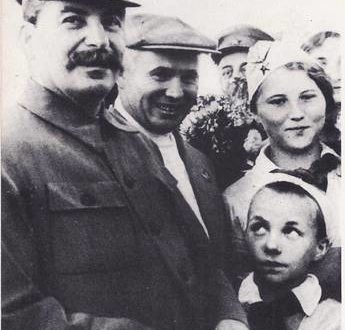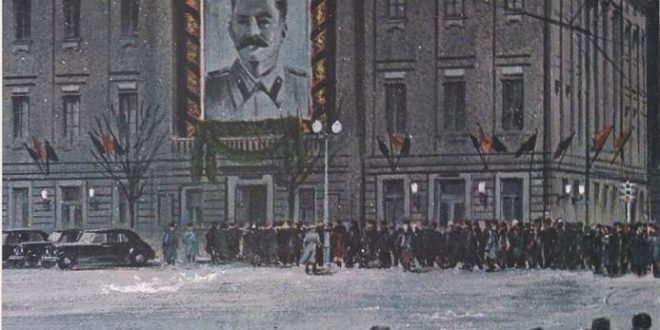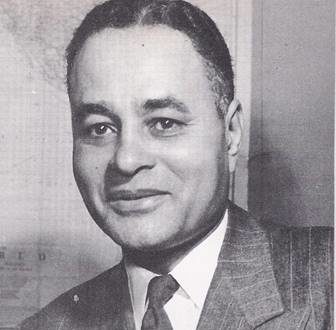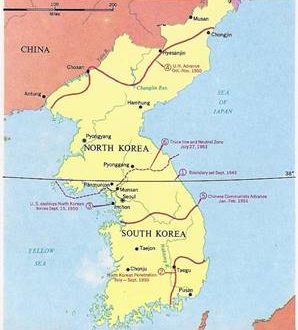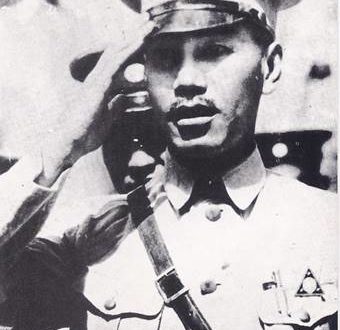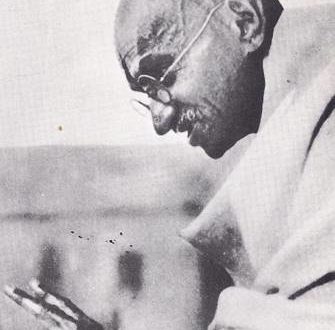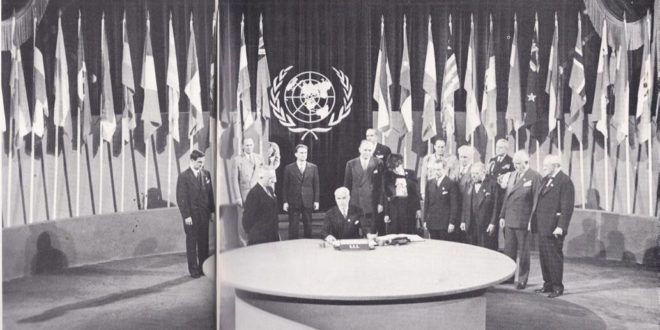On May 17, 1954, all was quiet and solemn, as it usually is, in the chambers of the United States Supreme Court Building in Washington, D.C. on that day the Court handed down a decision in the case of Brown versus the Board of Education of Topeka — a decision that burst on the United States like a clap of thunder on a fair day. Brown was the name of the man who represented the Negroes of Topeka, Kansas. They charged that Topeka’s board of education had violated the Fourteenth Amendment of the Constitution, which says, “No state shall…. deny to any person within its jurisdiction the equal protection of the laws.” The Negroes of Topeka argued that the board of education was denying them “the equal protection of the laws” by assigning their children to separate Negro schools. These schools, they maintained, were inferior to the schools attended by white children. The Supreme Court agreed and ordered the board of education to integrate its schools. The decision had an effect that went far beyond Topeka. It re-interpreted the Constitution, giving new meaning to the law of the land. It did away with a ruling made in 1896, which had allowed the states to segregate public places and in general, to do as they pleased about civil rights. At that time, the Court said that “equal protection of the laws” could also mean “separate but equal protection of the laws,” thus officially approving segregation. The “Jim Crow” laws passed in the South, the Southwest and even parts of the North, excluded Negroes from places used by whites, while other laws prevented them from voting. The result was that by the early twentieth century most Negroes in the United States had become second-class citizens. Although the case of Brown versus the …
Read More »